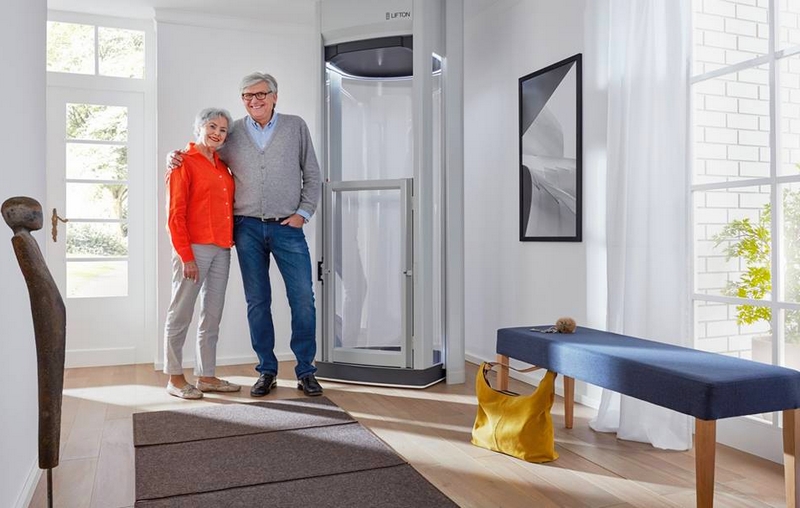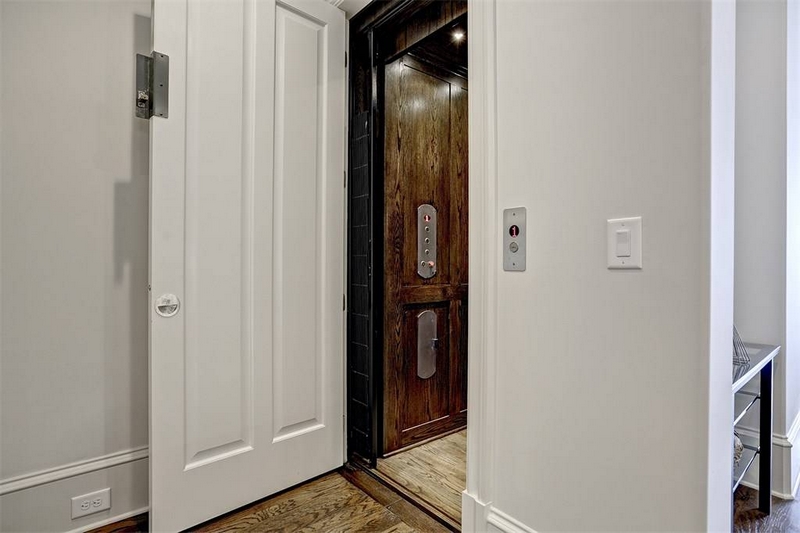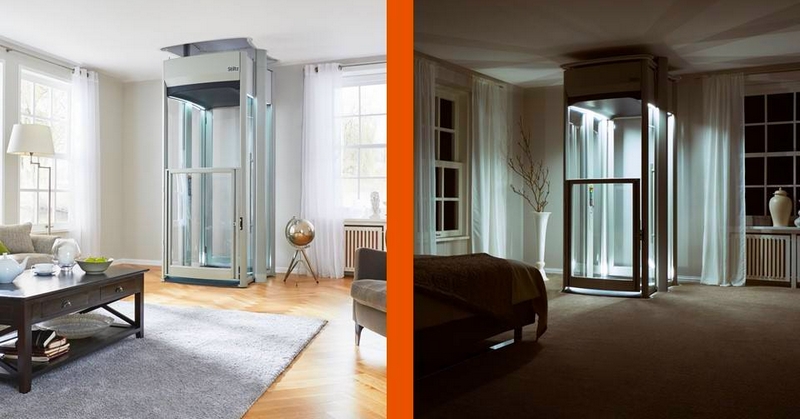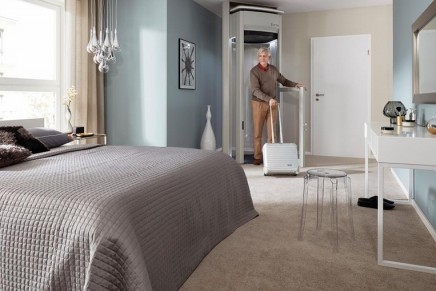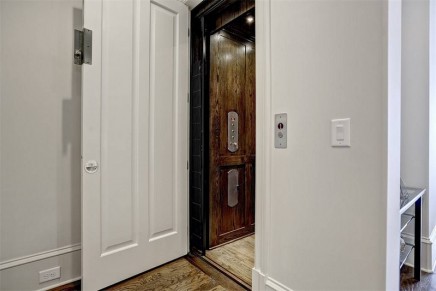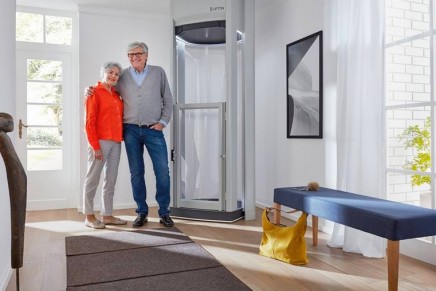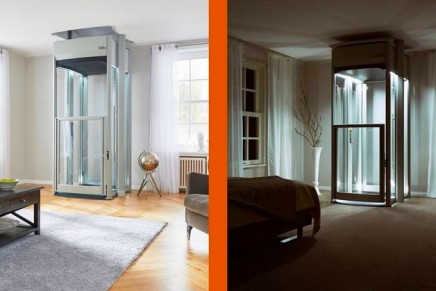A home elevator can provide plenty of accessibility and convenience, while still being able to maximize your living space, but there are multiple decisions to make once you’re committed. Between deciding on a company to install, choosing the type that meets your needs, all while trying to stay within a budget, it can be quite overwhelming. If you’re considering installing a residential elevator but want to know more about the process, read on.
Home Elevator Installation
The first step to getting a residential elevator installed is to consult an elevator company and contractor on the space requirements. Standard elevator shafts take up at least 22 to 25 square feet of interior space. Some models take up extra space as required for their machine rooms. Most elevator companies offer showrooms so customers can inspect the many different types of elevators they offer. Custom equipment won’t be ordered until the contractor has completed the work on making the shaft. Each elevator is custom fitted to each space, meaning the elevator company works hand-in-hand with your contractor for a proper fit.
The installation of the elevator itself typically takes around three to five days. However, since each residential elevator is custom built, it can take up to four to six weeks to build and ship the elevator to your home for installation.
Types of Residential Elevators
There are a few different options when it comes to choosing the type of elevator to be installed in a home.
– Traction Elevators – These elevators work by sliding up and down a track with a counterweight. They are louder and slower than other types of elevators on this list but cost less since they don’t require as much space. Easy-to-install residential elevators are often traction elevators.
– Hydraulic Elevators – A hydraulic elevator requires a separate machine room to house the tank and controller, so it takes up more space than a traction elevator. These elevators are faster and offer quieter operation, however. If the elevator will be next to a bedroom or a living area, a hydraulic installation may be best.
– Pneumatic Elevators – These elevators use the power of suction to propel the elevator cab through a tube, much like bank deposit tubes. Pneumatic elevators take up the least amount of space of the three types of elevators. However, they also have the smallest weight capacity at just 550 pounds.
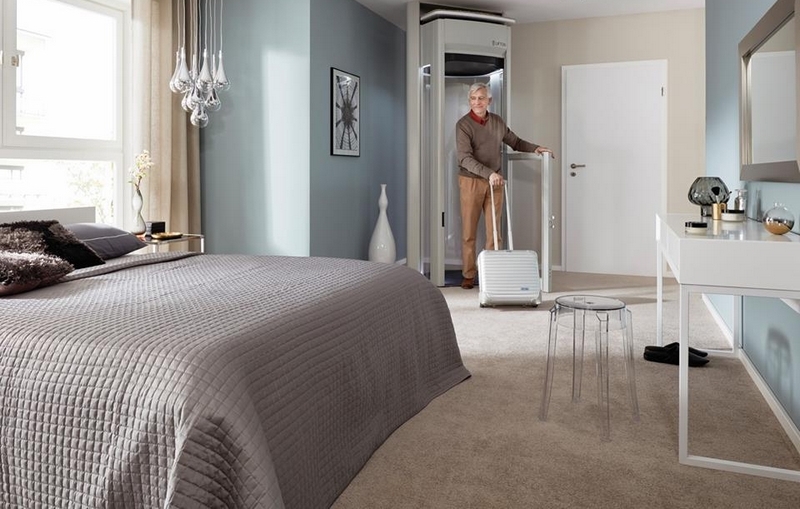
A LIFTON Duo HomeLift is perfect for moving household items, luggage and even pets between floors @liftonhomelifts.com
Home Elevator Cost
The price you pay for your home elevator will depend on the type you choose and the features you need. A standard home elevator in a two-story home will start at around $20,000 for the elevator alone. Your contractor’s fee for the shaft and retrofitting your house could be anywhere between $10,000 to $20,000. Interior cab upgrades in the elevator also add to the final cost. Wall panel materials and custom flooring and lighting can add as much as $5,000 to the cost. The number of door openings will also affect how much installing an elevator in a home will cost. Finally, you should expect to pay some yearly maintenance costs to keep the elevator operational. A local company will inspect the elevator every year for a cost between $100 and $500.

